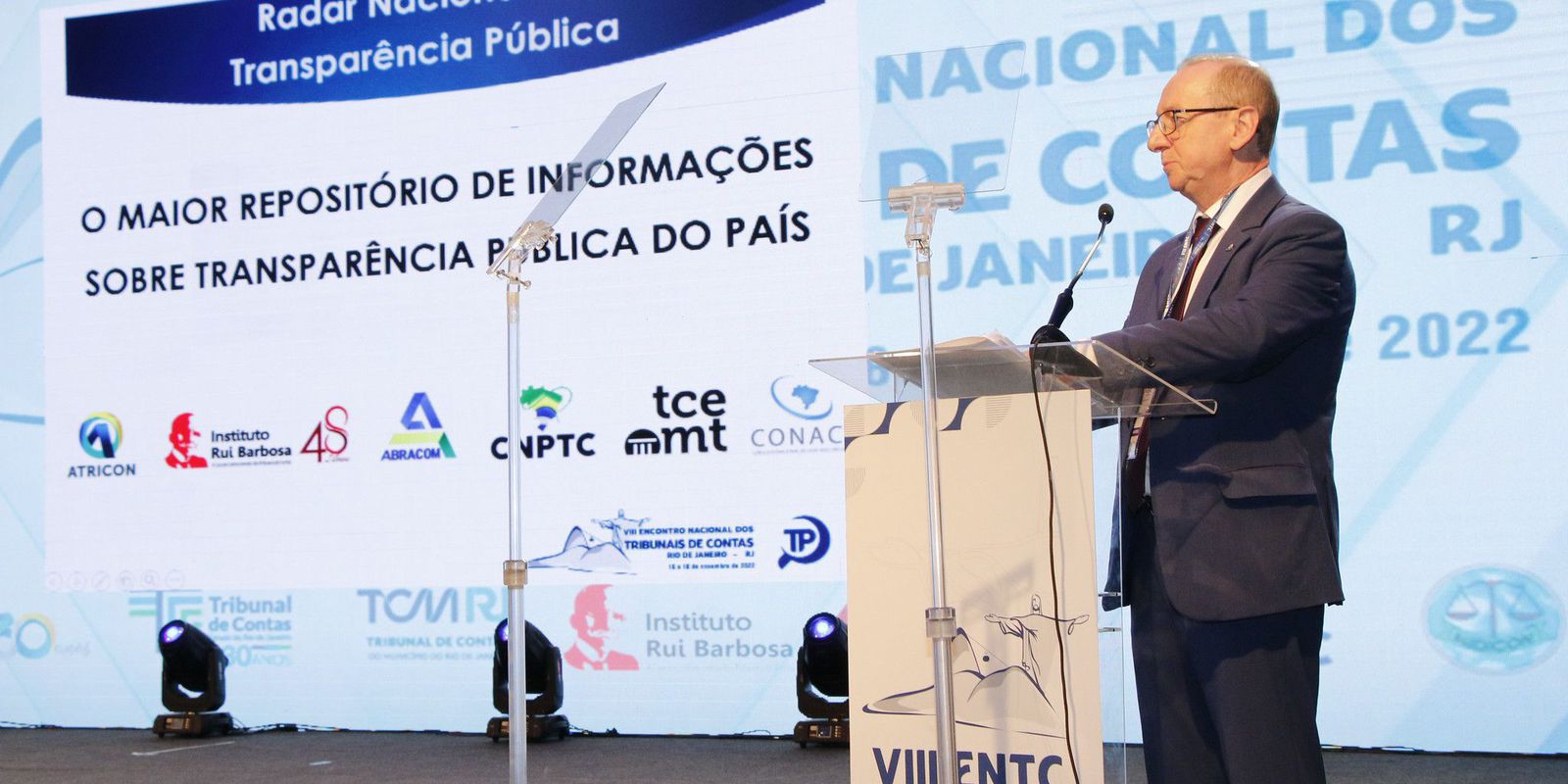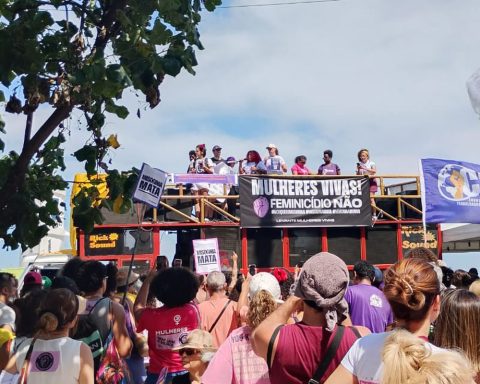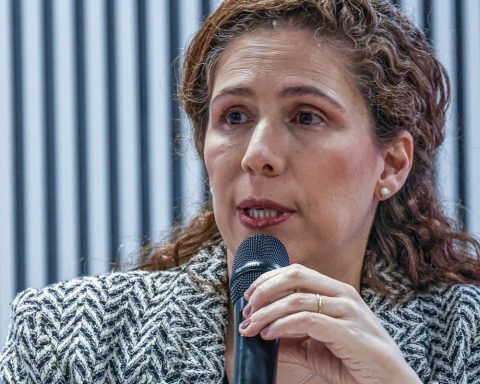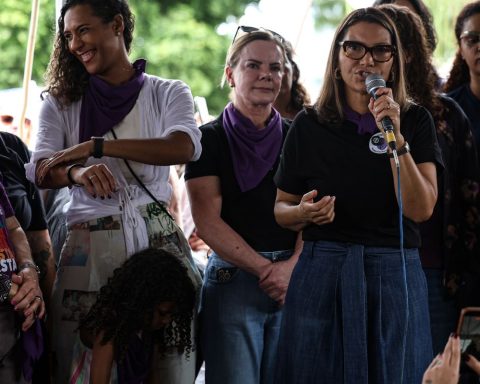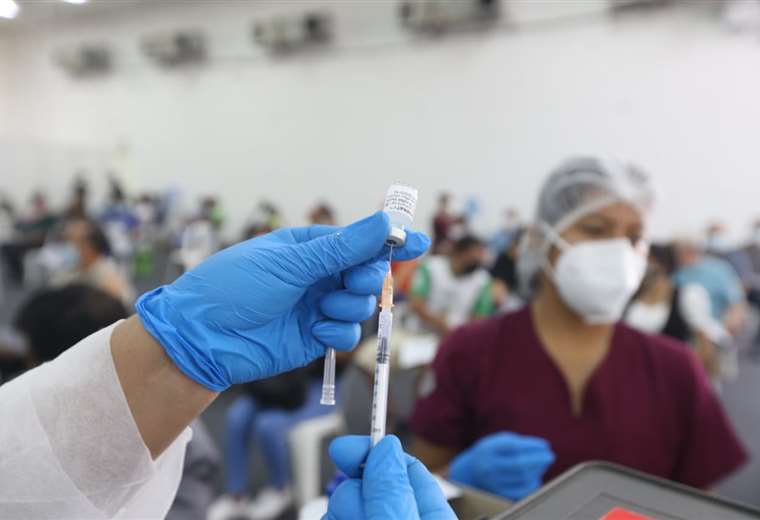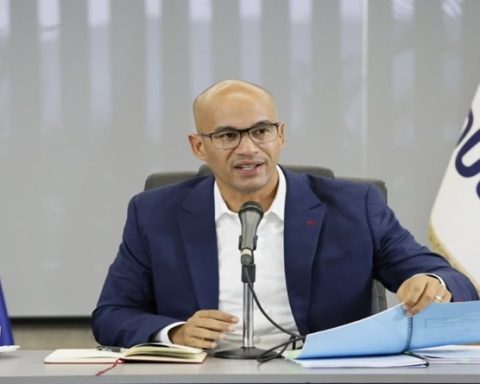The states of Pará, with 95%; Rondônia, with 83%, and Espírito Santo, with 80%, achieved the highest public transparency index in Brazil. These were some of the results presented by a survey that is part of the National Public Transparency Program of the Association of Members of the Audit Courts of Brazil (Atricon), with the support of the National Council for Internal Control, of the Brazilian Association of Audit Courts of Municipalities (Abracom), the National Council of Presidents of Audit Courts (CNPTC), the Rui Barbosa Institute (IRB) and the Mato Grosso Audit Court (TCE-MT).
In national terms, the level of public transparency in Brazil reached 67%, an index considered intermediate according to the survey’s criteria.
“This is a daring, daring project, which encompasses the Powers and public administration entities of the Union, States and Municipalities”, said Cezar Miola, president of Atricon.
“It is a gateway to all public transparency portals, which are easy to understand. The study provides data graphics in an open, interactive way and allows the comparison of information and the visualization of results in maps and graphs, among other possibilities”, he adds.
The study analyzed 7,939 portals from 4,191 Brazilian municipalities, and verified the information made available by the institutional websites of the Executive and Legislative powers of the three spheres of government (Union, states and municipalities), the Judiciary Power, the Public Ministries, the Audit Courts and the public defenders.
“From a practical point of view, there is no work of this level in the country for the exercise of citizenship. Every citizen needs to know that he has access to all the information necessary to exercise social control”, said the counselor of the Court of Auditors of Mato Grosso Antônio Joaquim Moraes Rodrigues Neto, project coordinator, in the presentation of Radar da Transparência Pública.
The tool brings together all the information and, through it, it is possible to consult the situation of each institution inspected according to the criteria met. Access can be done via TCE/MT address??
There was equivalence in the levels of transparency of the portals of the public ministries (80%), the Judiciary (80%) and the Audit Courts (85%). The same can be said of the institutional websites of executives (71%), public defenders (64%) and legislatures (62%). 106 criteria common to all institutions and up to 21 criteria specifically designed for each of the powers or bodies were analyzed.
Among those that showed the highest level of transparency are those considered a priority, such as those referring to the existence of a website and the search tool (93%); institutional (81%), such as those that require the provision of telephone numbers, addresses and opening hours; and those linked to the expense area (80%), human resources (79%) and revenue (76%). The one that presented the lowest level of assistance were those that examined the existence of a Citizen Information Service, with 55%.
The State Transparency Indexes were:
Pará – 95%
Rondônia – 83%
Espírito Santo- 80%
Tocantins- 79%
Ceará – 77%
São Paulo – 74%
Federal District – 74%
Santa Catarina – 71%
Goiás – 70%
Paraná – 70%
Maranhão – 68%
Rio Grande do Norte – 68%
Sergipe – 68%
Amazon – 68%
Minas Gerais – 66%
Bahia – 66%
Mato Grosso do Sul – 64%
Rio de Janeiro – 64%
Mato Grosso – 63%
Acre – 61%
Pernambuco – 60%
Alagoas – 60%
Paraíba – 59%
Rio Grande do Sul – 57%
Piauí – 46%
Amapá – 36%
Roraima – did not participate in the research
